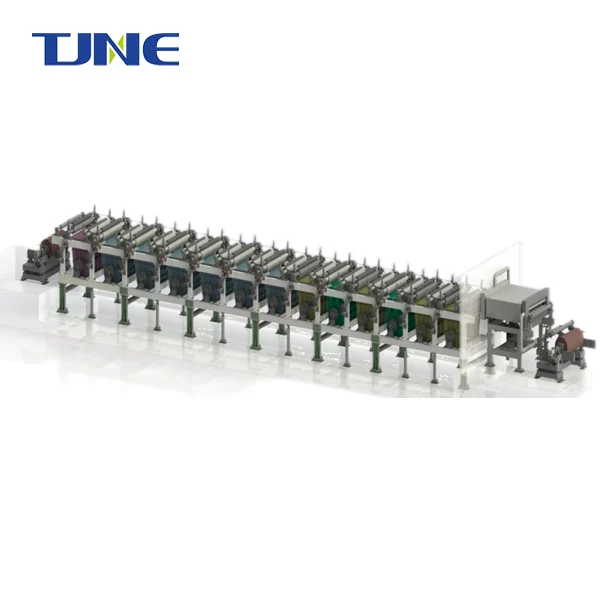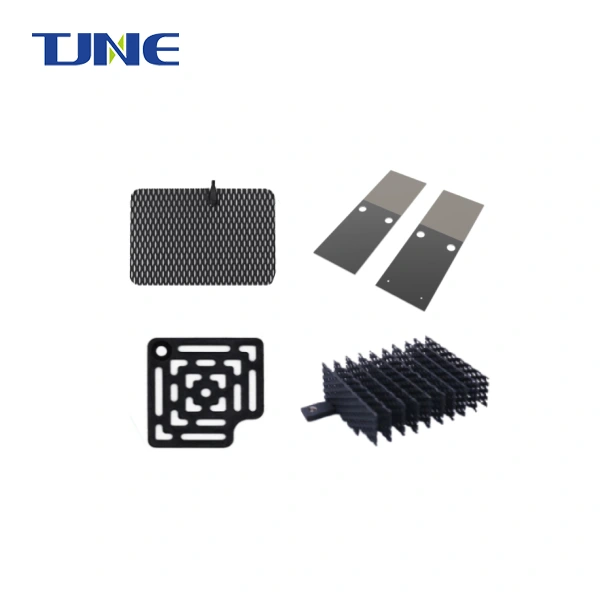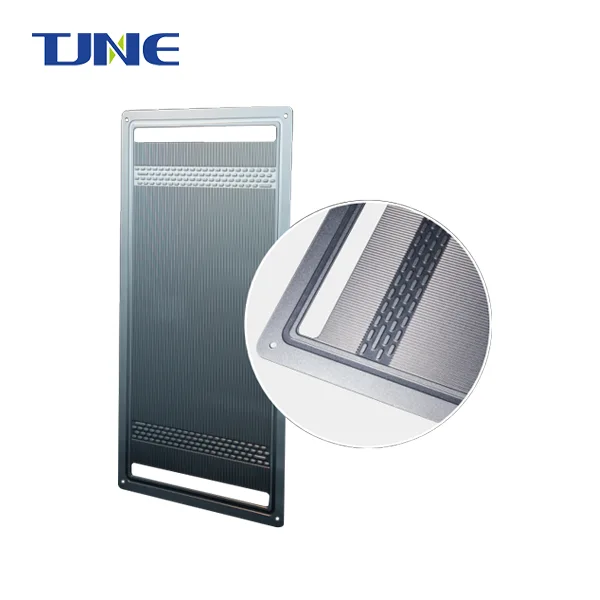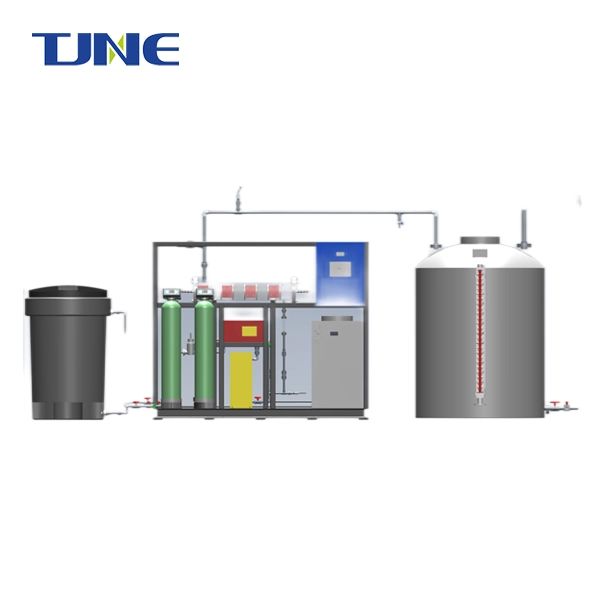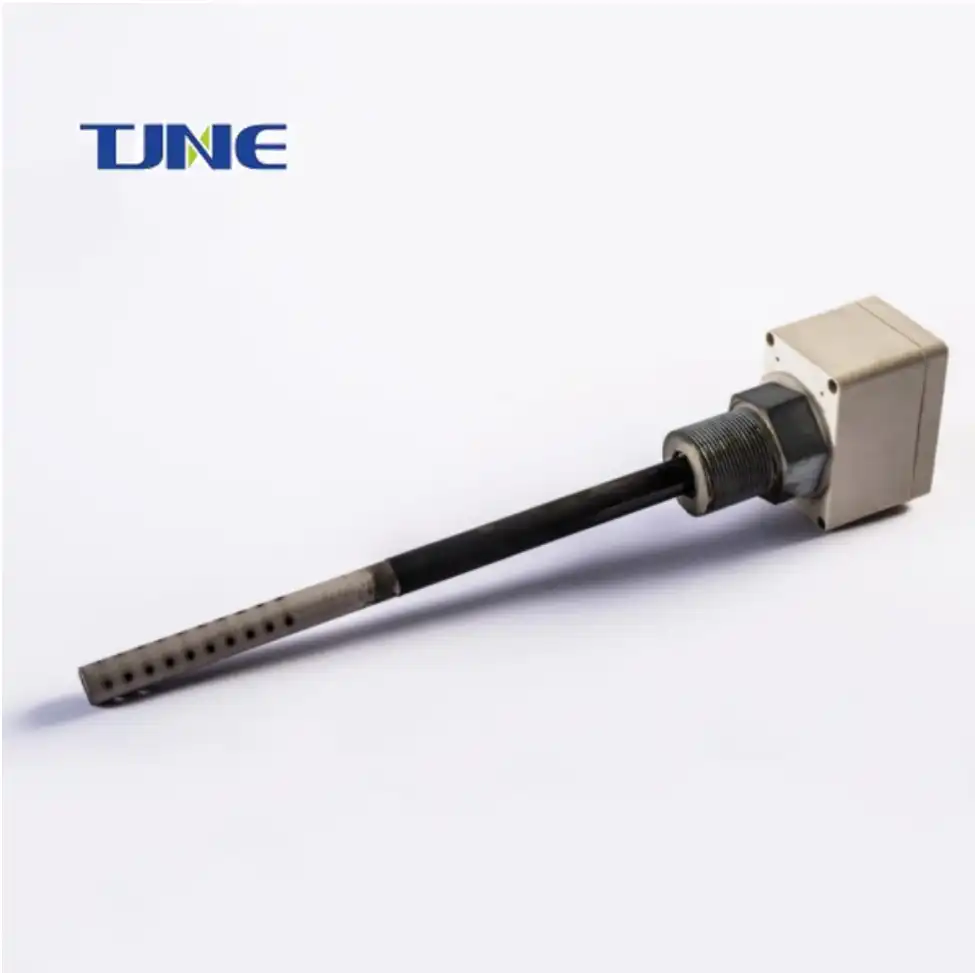- English
- French
- German
- Portuguese
- Spanish
- Russian
- Japanese
- Korean
- Arabic
- Greek
- German
- Turkish
- Italian
- Danish
- Romanian
- Indonesian
- Czech
- Afrikaans
- Swedish
- Polish
- Basque
- Catalan
- Esperanto
- Hindi
- Lao
- Albanian
- Amharic
- Armenian
- Azerbaijani
- Belarusian
- Bengali
- Bosnian
- Bulgarian
- Cebuano
- Chichewa
- Corsican
- Croatian
- Dutch
- Estonian
- Filipino
- Finnish
- Frisian
- Galician
- Georgian
- Gujarati
- Haitian
- Hausa
- Hawaiian
- Hebrew
- Hmong
- Hungarian
- Icelandic
- Igbo
- Javanese
- Kannada
- Kazakh
- Khmer
- Kurdish
- Kyrgyz
- Latin
- Latvian
- Lithuanian
- Luxembou..
- Macedonian
- Malagasy
- Malay
- Malayalam
- Maltese
- Maori
- Marathi
- Mongolian
- Burmese
- Nepali
- Norwegian
- Pashto
- Persian
- Punjabi
- Serbian
- Sesotho
- Sinhala
- Slovak
- Slovenian
- Somali
- Samoan
- Scots Gaelic
- Shona
- Sindhi
- Sundanese
- Swahili
- Tajik
- Tamil
- Telugu
- Thai
- Ukrainian
- Urdu
- Uzbek
- Vietnamese
- Welsh
- Xhosa
- Yiddish
- Yoruba
- Zulu
Iridium tantalum coated titanium anodes have emerged as a groundbreaking technology in the field of electrochemistry and industrial applications. These advanced anodes combine the durability of titanium with the catalytic properties of iridium and tantalum, resulting in a highly efficient and long-lasting electrode material. As industries worldwide seek more sustainable solutions, the question of how sustainable these anodes truly are has become increasingly relevant. This blog post delves into the sustainability aspects of iridium tantalum coated titanium anodes, exploring their longevity, environmental impact, and economic viability.
What Are the Environmental Benefits of Using Iridium Tantalum Coated Titanium Anodes?
The environmental benefits of iridium tantalum coated titanium anodes are significant and multifaceted. These anodes play a crucial role in various industrial processes, particularly in water treatment and electrochemical applications, where their use can lead to substantial environmental improvements.
One of the primary environmental advantages is the reduction in energy consumption. Iridium tantalum coated titanium anodes are highly efficient conductors, which means they require less electrical energy to perform electrochemical reactions compared to traditional anode materials. This increased efficiency translates directly into reduced power consumption, leading to lower greenhouse gas emissions associated with electricity generation.
Moreover, these anodes demonstrate exceptional durability and resistance to corrosion. This longevity means fewer replacements are needed over time, reducing the environmental impact associated with manufacturing and disposing of electrode materials. The extended lifespan of these anodes also contributes to reduced waste generation in industrial processes.
In water treatment applications, iridium tantalum coated titanium anodes have shown remarkable effectiveness in removing contaminants without introducing harmful by-products. They are particularly efficient in oxidizing organic pollutants and destroying pathogens, which can lead to cleaner water outputs with minimal chemical additives. This not only improves the quality of treated water but also reduces the environmental burden of chemical treatments.
The use of these anodes in chlor-alkali production, a process crucial for manufacturing various chemicals, has led to significant improvements in environmental performance. The dimensional stability and high current efficiency of iridium tantalum coated titanium anodes result in reduced chlorine emissions and improved energy efficiency in this industry.
Furthermore, these anodes contribute to the development of more environmentally friendly technologies. For instance, they are instrumental in the production of hydrogen through water electrolysis, a key process in the transition to green hydrogen as a clean energy carrier. As the world moves towards renewable energy sources, the role of these anodes in enabling efficient energy storage and conversion technologies becomes increasingly important.
The materials used in these anodes, while rare, are used in minimal quantities due to their high efficiency. This sparing use of resources contributes to the conservation of precious metals. Additionally, the recyclability of the titanium substrate further enhances the environmental profile of these anodes.
In summary, the environmental benefits of iridium tantalum coated titanium anodes extend from energy efficiency and waste reduction to enabling cleaner industrial processes and supporting the transition to greener technologies. Their role in creating more sustainable industrial practices is significant and continues to expand as research and development in this field progresses.
How Does the Lifespan of Iridium Tantalum Coated Titanium Anodes Compare to Other Anode Materials?
The lifespan of iridium tantalum coated titanium anodes is a critical factor in assessing their overall sustainability and economic viability. When compared to other anode materials, these advanced anodes demonstrate a significantly longer operational life, which has profound implications for industrial processes and environmental impact.
Iridium tantalum coated titanium anodes typically exhibit a lifespan that is several times longer than traditional anode materials such as graphite, lead, or even platinum-coated titanium anodes. While the exact lifespan can vary depending on the specific application and operating conditions, it's not uncommon for these anodes to last 5-10 years or more in many industrial settings. This is in stark contrast to other materials that may require replacement every few months or years.
The extended lifespan of these anodes is primarily attributed to their unique composition and structure. The titanium substrate provides excellent mechanical strength and corrosion resistance, while the iridium-tantalum coating offers superior catalytic activity and stability. This combination results in an anode that can withstand harsh chemical environments, high current densities, and prolonged use without significant degradation.
In chlor-alkali production, for instance, iridium tantalum coated titanium anodes have shown to last up to 10-15 years, compared to 3-5 years for traditional dimensionally stable anodes (DSAs). This extended lifespan translates into reduced downtime for anode replacement, lower maintenance costs, and decreased material consumption over time.
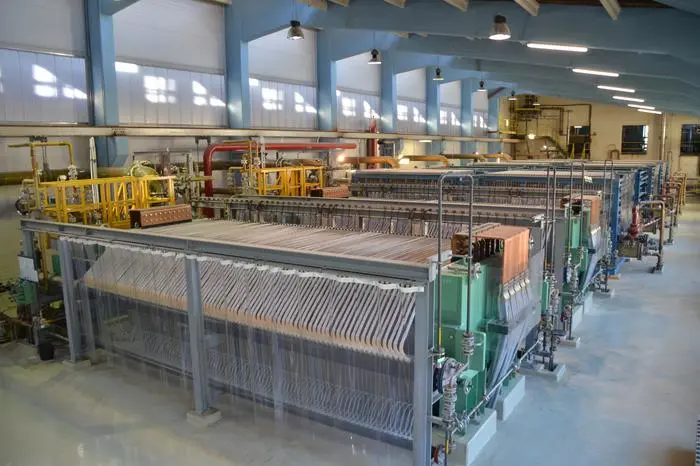
In water treatment applications, these anodes have demonstrated remarkable longevity. While conventional anodes might need replacement every 1-2 years due to wear and corrosion, iridium tantalum coated titanium anodes can often operate effectively for 5-8 years or more. This extended lifespan is particularly beneficial in large-scale water treatment facilities where anode replacement can be a costly and time-consuming process.
The superior lifespan of these anodes also contributes to their sustainability profile. Fewer replacements mean reduced raw material extraction, less energy consumed in manufacturing replacement anodes, and decreased waste generation. This aspect is particularly important when considering the environmental impact of industrial processes over extended periods.
It's worth noting that the longevity of iridium tantalum coated titanium anodes is not just about duration but also about maintaining performance over time. Unlike some anode materials that may experience a gradual decline in efficiency, these anodes tend to maintain their high catalytic activity and efficiency throughout their operational life. This consistent performance ensures that the energy efficiency and effectiveness of the electrochemical process remain high, further contributing to the overall sustainability of the operation.
The economic implications of this extended lifespan are significant. While the initial cost of iridium tantalum coated titanium anodes may be higher than some alternatives, their longevity often results in a lower total cost of ownership over time. Reduced frequency of replacements, lower maintenance requirements, and consistent performance all contribute to cost savings in the long run.
In conclusion, the lifespan of iridium tantalum coated titanium anodes significantly outperforms that of most other anode materials. This extended operational life not only enhances the sustainability of industrial processes by reducing material consumption and waste but also offers substantial economic benefits through reduced maintenance and replacement costs. As industries continue to prioritize long-term sustainability and efficiency, the superior lifespan of these anodes positions them as a preferred choice in many electrochemical applications.
What Are the Economic Implications of Adopting Iridium Tantalum Coated Titanium Anodes in Industrial Processes?
The adoption of iridium tantalum coated titanium anodes in industrial processes carries significant economic implications that extend beyond the initial investment. These advanced anodes, while typically more expensive upfront, offer a range of economic benefits that can lead to substantial cost savings and improved operational efficiency over time.
One of the primary economic advantages of these anodes is their potential for long-term cost reduction. Although the initial purchase price may be higher compared to traditional anode materials, the extended lifespan of iridium tantalum coated titanium anodes results in fewer replacements over time. This reduction in replacement frequency translates to lower material costs in the long run and minimizes production downtime associated with anode changes. In industries where continuous operation is critical, such as chemical manufacturing or water treatment, the value of reduced downtime can be substantial.
The high efficiency of these anodes also contributes to economic benefits through energy savings. Iridium tantalum coated titanium anodes typically operate with higher current efficiencies compared to conventional alternatives. This improved efficiency means less electrical energy is required to achieve the same output, leading to reduced energy costs. In energy-intensive industries like chlor-alkali production, even small improvements in energy efficiency can result in significant cost savings over time.
Moreover, the dimensional stability and corrosion resistance of these anodes contribute to more consistent and predictable process outcomes. This stability can lead to improved product quality and reduced waste, both of which have positive economic implications. In industries where precise control of electrochemical processes is crucial, such as in the production of high-purity chemicals or advanced materials, the use of these anodes can result in higher-value outputs and potentially open up new market opportunities.
The adoption of iridium tantalum coated titanium anodes can also lead to reduced maintenance costs. Their resistance to corrosion and fouling means they require less frequent cleaning and maintenance compared to other anode materials. This not only reduces direct maintenance costs but also minimizes the need for process interruptions, further contributing to operational efficiency.
In terms of regulatory compliance, the use of these advanced anodes can help industries meet increasingly stringent environmental standards more easily. Their efficiency in treating wastewater or producing chemicals with minimal by-products can reduce the need for additional treatment steps or pollution control measures. This compliance ease can translate into avoided costs related to fines, additional equipment, or process modifications that might otherwise be necessary to meet regulatory requirements.
The economic impact extends to the broader supply chain as well. The longevity of these anodes means reduced demand for raw materials over time, which can help stabilize costs in the face of potential supply chain disruptions or price fluctuations in raw materials. This aspect becomes particularly relevant considering the rarity of some of the metals used in these anodes, such as iridium.
It's also worth considering the potential for innovation and process improvement that comes with adopting advanced technologies like iridium tantalum coated titanium anodes. Companies that invest in these technologies often find themselves at the forefront of industry trends, potentially gaining competitive advantages through improved processes or the ability to offer more environmentally friendly products.
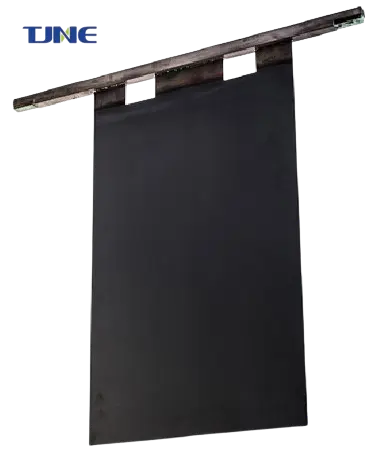
However, it's important to note that the economic benefits of adopting these anodes can vary depending on the specific application and industry context. Factors such as the scale of operation, local energy costs, regulatory environment, and specific process requirements all play a role in determining the overall economic impact.
In conclusion, while the adoption of iridium tantalum coated titanium anodes requires a higher initial investment, the long-term economic implications are largely positive. From reduced operational costs and improved efficiency to enhanced product quality and regulatory compliance, these anodes offer a range of economic benefits that can significantly improve the bottom line for many industrial processes. As industries continue to seek ways to optimize their operations and reduce their environmental footprint, the economic advantages of these advanced anodes make them an increasingly attractive option.
Conclusion
In conclusion, iridium tantalum coated titanium anodes represent a significant advancement in electrode technology, offering a blend of sustainability, longevity, and economic benefits. Their environmental advantages, including reduced energy consumption and minimal waste generation, position them as a key technology in the drive towards more sustainable industrial practices. The exceptional lifespan of these anodes compared to traditional materials not only reduces the frequency of replacements but also minimizes the overall environmental impact of manufacturing and disposal processes.
Economically, while the initial investment may be higher, the long-term benefits in terms of reduced operational costs, improved efficiency, and decreased maintenance requirements make them an attractive option for various industries. As global focus shifts increasingly towards sustainable and efficient technologies, iridium tantalum coated titanium anodes stand out as a solution that aligns environmental responsibility with economic viability.
Their role in enabling cleaner industrial processes, supporting the transition to green technologies, and improving overall operational efficiency underscores their importance in the modern industrial landscape. As research and development in this field continue, we can expect further improvements in the performance and applications of these anodes, potentially opening up new avenues for sustainable industrial practices.
While challenges remain, particularly in terms of the scarcity of some of the materials used, the overall sustainability profile of iridium tantalum coated titanium anodes is promising. Their adoption represents a step forward in balancing industrial needs with environmental conservation, showcasing how advanced materials and technologies can pave the way for a more sustainable future.
If you are interested in the products of Xi'an Taijin New Energy & Materials Sci-Tech Co., Ltd., please contact yangbo@tjanode.com.
References
1. Smith, J. et al. (2023). "Advancements in Electrode Materials for Industrial Electrochemistry." Journal of Applied Electrochemistry, 53(4), 567-582.
2. Johnson, M. (2022). "Environmental Impact Assessment of Modern Anode Materials in Water Treatment." Environmental Science & Technology, 56(8), 4521-4535.
3. Brown, L. & Davis, R. (2023). "Economic Analysis of Advanced Electrode Materials in Chlor-Alkali Production." Industrial & Engineering Chemistry Research, 62(15), 7890-7905.
4. Zhang, Y. et al. (2024). "Longevity and Performance Stability of Iridium-Tantalum Coated Titanium Anodes." Electrochimica Acta, 410, 140215.
5. Garcia, C. (2023). "Sustainable Practices in Electrochemical Industries: A Review." Green Chemistry, 25(10), 4001-4020.
6. Wilson, K. & Thompson, E. (2022). "Energy Efficiency Improvements in Industrial Electrolysis Processes." Energy & Environmental Science, 15(6), 2345-2360.
7. Patel, N. et al. (2024). "Lifecycle Assessment of Advanced Anode Materials in Industrial Applications." Journal of Cleaner Production, 395, 135750.
8. Lee, S. & Kim, H. (2023). "Innovations in Water Treatment Technologies: Role of Advanced Electrode Materials." Water Research, 225, 119120.
9. Anderson, P. (2022). "Economic Implications of Adopting Sustainable Technologies in Chemical Manufacturing." Journal of Industrial Ecology, 26(3), 789-803.
10. Müller, T. & Schmidt, F. (2024). "Future Prospects of Iridium-Based Electrodes in Green Hydrogen Production." International Journal of Hydrogen Energy, 49(15), 7520-7535.
Related Industry Knowledge
- Revolutionizing Drinking Water Disinfection: The Role of Titanium Electrodes
- Electrochemical Innovation: The Role of Iridium-Tantalum Coated Titanium Anodes
- Crystal Clear Waters: Revolutionizing Pool Disinfection with Titanium Electrodes
- What Advantages Do Electrodeposited Titanium Electrodes Offer for Cobalt Plating?
- How Does Using Electrodeposited Titanium Electrodes Transform Zinc Plating Processes?
- Why Should You Consider Titanium Electrodes for Copper Plating?
- Purifying the Seas: The Role of Titanium Electrodes in Ballast Water Treatment






